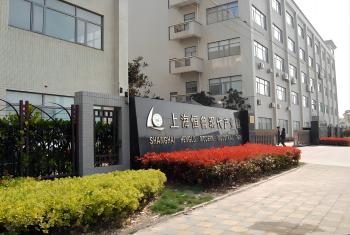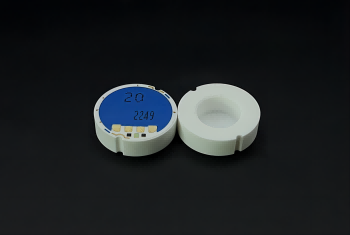When choosing a ceramic core pressure transmitter correctly, you should pay attention to the following points:
1. What kind of pressure should be measured by the pressure transmitter Generally speaking, it is necessary to choose a transmitter with a pressure range that is about 1.5 times larger than the maximum value. This is mainly due to the fact that in many systems, the maximum value of the measured pressure in the system is determined first. In particular, in the process of water pressure measurement and processing, there are peaks and continue to fluctuate up and down irregularly, and this instantaneous peak can destroy the pressure sensor. Continued high pressure values or slightly exceeding the transmitter's calibrated maximum will shorten the life of the sensor, and in doing so, will also reduce accuracy. A shock absorber can then be used to reduce the pressure burr, but this will reduce the response speed of the sensor. Therefore, when selecting a transmitter, it is necessary to fully consider the pressure range, accuracy and stability.
2. What kind of pressure medium solvent or corrosive substance will not destroy the data in the transmitter that is in direct contact with these media. These factors will determine whether to choose a direct separator film and information that is in direct contact with the medium. Viscous liquids and mud will block the pressure interface.
3. How much accuracy does the pressure transmitter need to be nonlinear, and there are those who determine the accuracy. Hysteresis, non-repeatability, temperature, zero bias scale, influence of temperature. But it is mainly caused by nonlinearity, hysteresis, non-repeatability, and the higher the accuracy, the higher the price.
4. the temperature range of the pressure transmitter One of the temperature ranges is the normal working temperature, usually a transmitter will calibrate two temperature sections. The other is the temperature compensation range, the normal operating temperature range refers to the temperature range of the transmitter when it is not damaged in the working state, and the performance indicators of its application may not be reached when the temperature compensation range is exceeded.
5. the pressure transmitter needs to adhere to the stability after overtime This kind of advance work can reduce all kinds of troubles that will occur in future use. Most transmitters will "drift" after overwork, so it is important to understand the stability of the transmitter before purchasing.
6. the packaging of the pressure transmitter is often easy to ignore the packaging of the rack and the transmitter. However, this will gradually reveal its disadvantages in future use. When purchasing a transmitter, it is necessary to consider the working environment of the transmitter in the future, what the humidity is, how to install the transmitter, whether there will be strong impact or vibration, etc.
7. What kind of connection is used between the pressure transmitter and other electronic equipment, and does it need to use a connector? Do I need to use a short-distance connection? If you use a long-distance connection. One is the zero drift, and the temperature compensation range is a typical range that is smaller than the operating temperature range. The transmitter working in this range is sure to perform as well as it should. The temperature change affects its output in two ways. The second is to affect the full-scale output. For example, +/-X%/°C of full scale, +/-X%/°C of reading, +/-X% of reading when exceeding the temperature range of full scale and +/-X% of reading within the temperature compensation range Without these parameters, it will lead to uncertainty in use. Whether the change in the output of the transmitter to degrees is caused by a change in pressure or a change in temperature is the most complex part of solving how to use a transmitter.
8. What kind of output signal needs to get from the pressure transmitter What kind of output to choose depends on a variety of factors, mVVmA and frequency output digital output. This includes the distance between the transmitter and the system controller or display, the presence of noise or other electronic interference signals, the need for an amplifier, the location of the amplifier, etc. For many OEM equipment with short distances between transmitter and controller, transmitters with mA output are the most cost-effective solution. It is best to use a transmitter with built-in amplification. For long-distance transmission or the presence of strong electronic interference, it is best to use mA output or frequency output. Amplify the output signal if needed. If you are in an environment with high RFI or EMI metrics, in addition to paying attention to the choice of mA or frequency output, special maintenance or filters should be taken into account.
9. What kind of excitation magnetic voltage should be selected Therefore, the power supply voltage range is larger. Some transmitters are quantitatively configured, and the type of output signal determines what excitation voltage is chosen. Many transmitters have built-in voltage regulation. A stable operating voltage is required, so the operating voltage determines whether to use a sensor with a regulator, and the operating voltage and the cost of the system should be considered when selecting a transmitter. 10. Do you need interchangeable transmitters, especially for OEM products. Once the product is in the hands of the customer, the cost of calibration is considerable, and if the product is interchangeable, determine whether the required transmitter can be adapted to multiple systems. This is important in general. Even changing the transmitter used will not affect the effectiveness of the entire system.

 About Us
About Us Products
Products Applications
Applications News
News